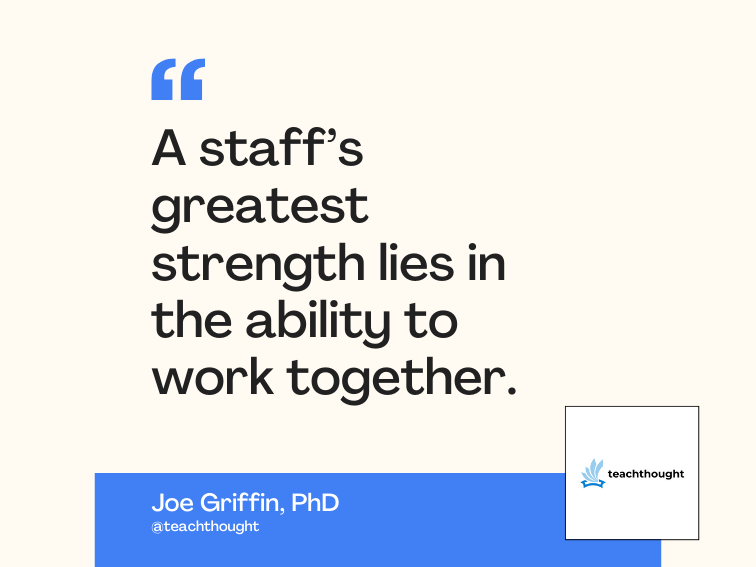
Vitria’s CTO explains the impact of Web services on application integration
ENTERPRISE APPLICATION INTEGRATION is dead, long live business process integration. So says Vitria CTO Dale Skeen. In an interview with InfoWorld Editor in Chief Michael Vizard and Test Center Director Steve Gillmor, Skeen explains why he thinks Web services will create the perfect scenario for taking Vitria to the next level of business process integration and collaborative applications.
InfoWorld: What impact will Web services have on EAI?

InfoWorld: What are the big challenges that need to be overcome to make Web services truly ubiquitous?
Skeen: For Web services to really become infrastructure that’s pervasive, not just [used] for information delivery in new ways but for really running the business, it’s got to solve the transaction problem. It’s got to solve the security problem. And it’s got to solve the scalability problems. SOAP [Simple Object Access Protocol] is not very scalable inside the firewall yet. SOAP is a lightweight integration protocol and it’s an insecure protocol for working with partners. That’s slowing down the adoption rate for what we would call serious use of Web services. Don’t get us wrong, we still think Web service will be very important. But they still have to solve these technical problems. People underestimate the maturity of Web services for really mission-critical, secure stuff, and that has to be in place before it will become the underlying infrastructure.
InfoWorld: What does that then mean for Vitria?
Skeen: What people didn’t realize is there are sort of two parts of integration. There’s the technical integration with the protocols and the bits. And there’s semantics, which has really always been the hard part about integration. It has sort of [been] overshadowed because the technical integration problems had to be solved first. Obviously, if you can’t connect two systems together you don’t worry about whether you can understand the information that’s being exchanged. But once you can connect two systems together, then you start worrying about that. And then you start worrying about coordinating those activities. To us, that is the proper role of integration, that’s where we’ve been very aggressively pushing integration. All of this will push the need for what we call a new generation of integration — business-level integration.
InfoWorld: Will Web services make it easier to combine best-of-breed applications rather than relying on a single suite of applications from one vendor?
Skeen: That’s what we hope, that’s what we see, that’s the dream of Web services. And the semantic integration is going to be able to coordinate the business processes. Today people are constrained. It’s like you buy a suite and you implement their business processes; you don’t implement your business processes. You buy a suite and you invest $100 million to change your business so you can put in that suite. The bottom line is that no substantial enterprise is going to be automated with a single suite of software. Not now, and not in the future.
InfoWorld: Will Web services drive the adoption of component application models in order to create more modular sets of applications?
Skeen: To a certain degree, but not to a large degree. I think you’ll find that there will be two different markets for Web services. One is the business-to-consumer market where you cobble a number of things together to present something to users. I think that will get more granular. But if you look at things that are talking partner-to-partner, they require a good set of functions that are well integrated. The granularity of that usually is pretty poor. What do two or three components of a CRM system do for you, if you don’t have the entire CRM database behind it to support? There’s a certain amount of richness that you need to have and a data model to make it work. In fact, we would expect application components to have probably about the same granularity as they have today.
InfoWorld: What impact has XML had on the integration challenge?
Skeen: When XML came along, people thought that they had the right to invent new languages with new vocabularies or systems of words and meanings. And that has caused more confusion, because now there’s more things you have to integrate than before.
InfoWorld: So how does Vitria add value in this integration climate?
Skeen: We think this opens up something that we think is very exciting. It’s a whole new category of application to provide a single view of the customer or a single view of order that we call collaborative applications. What we see now rising in the first decade of the new century is what we call the collaborative apps. There’s a whole wealth of collaborative applications that we think people like ourselves are uniquely there to provide because it requires understanding things like process and vocabularies because you’ll be talking to all these different things.
InfoWorld: What impact will service-oriented architectures have on applications?
Skeen: We are all transitioning to a service-oriented architecture. And that’s good, because that helps with the interactions. Today you need both service-oriented and event-oriented, because service-oriented will easily get information in and respond to requests that you make. Event-oriented says that the application has to proactively notify things. We expect more and more to see in the middle of these major apps a collaborative application that you would need to notify instead. We think the killer apps for Web services are collaborative applications.




